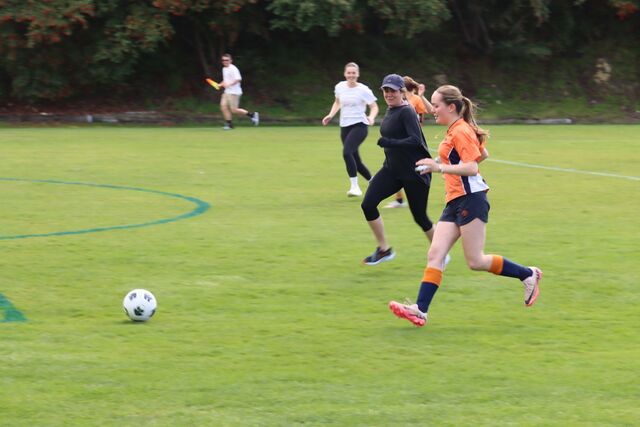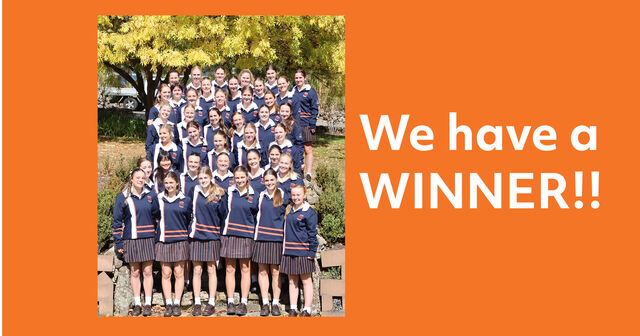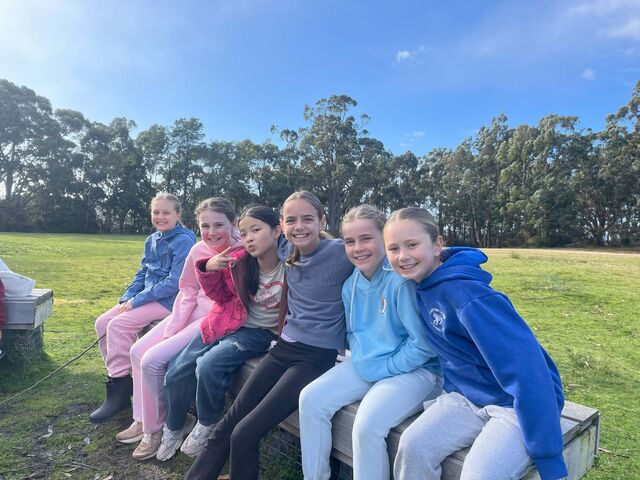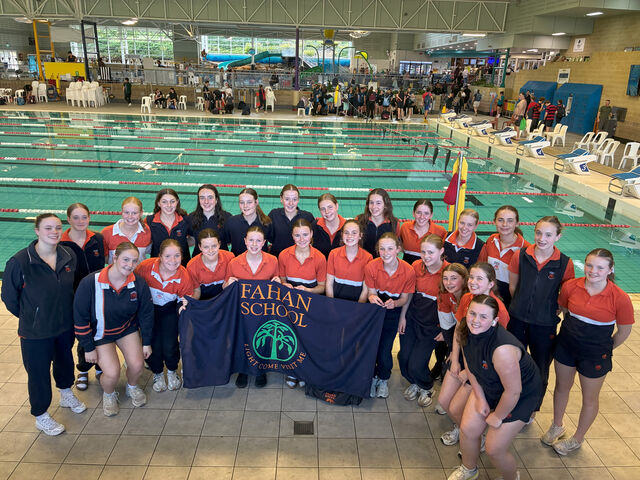15 August 2014
Issue 6 – May 2014
Single-sex physical education classes
The benefits of single-sex schooling for girls stretch beyond the academic. There are distinct advantages for girls who participate in single-sex sport, physical education (PE) and outdoor education groups. This report focuses on just a sample of studies, which establishes these advantages and also demonstrates that girls and educators predominantly prefer single-sex PE classes.
The declining physical activity level of pre-adolescent girls
Research has shown that in general, the physical activity levels of girls and boys are similar in the early primary years, but there is a drop in girls’ sport and activity participation between Years 4 and 6 at primary school (WSFF, 2012). The decline in physical activity “during adolescence is greater among girls than boys, and the decline in girls begins earlier than that in boys” (Biddle, Braithwaite & Pearson, 2014, p. 119). One way to combat the age-related decline in girls’ physical activity levels is to offer girls-only sport classes.
In a meta-analysis of 22 studies, Biddle, Braithwaite and Pearson (2014, p. 129) found large effects for sport interventions that were single-sex:
An important finding... [demonstrated] a higher effect size for interventions that targeted just girls rather than boys and girls together. While one might expect such a finding for adolescent girls, due to self-presentation issues such as body image, it appears to be also the case for younger girls... organising physical education and other structured physical activity contexts might require greater use of single sex provision.
Another researcher concluded that single-sex physical education classes are “ideal” for curriculum and pedagogy because educators can tailor sports activities and lessons to the interests of girls (Thorp, 2013, p. 9). Of course, not every girl wants to participate in aerobics and yoga; girls’ schools recognise that each girl has individual preferences and needs, which is why there is a plethora of sporting and outdoor education pursuits at many girls’ schools.
Single-sex sport classes and body image
Sports participation may also be a “potential protective factor for the development of self- objectification” (Slater & Tiggemann, 2012, p. 571). Puberty is often a time when girls focus more on their body and how they look. Many girls “are uncomfortable about participating in physical activity under the gaze of boys and mixed-sex activities can leave them feeling exposed and humiliated” (WSFF, 2012, p. 16). Girls-only sport classes can assist in addressing issues of body image and self-objectification.
Preferences for girls-only classes
Some studies have compared the effects of single-sex and coeducational PE classes. Patterson and Collins (2012) assessed the attitudes of middle schools girls towards their PE classes. Approximately 44% of girls wanted single-sex PE classes so that they would feel “more confident about participating, the boys would not make fun of them and they would feel less scared” (p. 14). The authors concluded that “single gender physical education classes can and should be provided” because they may “better address the educational needs of some adolescent girls” (p. 15).
Lyu and Gill’s study (2011) found similar results when they compared physical competence, enjoyment and effort in PE classes. Female students in “same-sex classes had notably higher scores in perceived physical competence, enjoyment and effort than females in coeducational classes, who had the lowest competence, enjoyment and effort perceptions” (p. 255). The researchers concluded that “in terms of the educational benefits, same-sex classes may be the better teaching environment in adolescent physical education, particularly for girls” (p. 257).
American girls who participated in an all-girls adventure program, which included activities such as rock climbing, sea kayaking and mountain climbing, reported numerous benefits. Whittington, Nixon Mack, Budbill and McKenney (2011, p. 11) concluded that their study provided:
...evidence that for girls, single-sex adventure programs reduced competition, self- consciousness... and concerns about appearance. Girls were more able to embrace the experience and to focus on self-exploration and personal growth. Additionally, single-sex adventure programs can facilitate greater participation for girls, increase opportunities to explore new skills and take risks, and provide space for girls to develop positive peer relationships.
The studies above demonstrate girls’ preferences for single-sex groups during physical activity. Australian researchers also investigated PE teachers’ perceptions (Best, Pearson & Webb, 2010). Approximately 82% of participant teachers in the study “perceived single- sex contexts to be more effective in achieving higher student participation and performance levels in PE” (p. 1021). 79% of teachers also believed that single-sex PE class settings allowed “students to reach their full performance potential” (p. 1020). Overall, the “dominant view within this study... is that single-sex PE environments are, in the majority of circumstances, the most supportive classroom structure for achieving higher student participation and performance levels” (p. 1026).
Conclusions
There are a host of reasons why it is advantageous for girls to participate in physical activity among other girls, particularly during pre-adolescence and adolescence. Girls-only sport classes and outdoor education pursuits can counteract a decline in activity levels during this period; they can also work against negative body image and body objectification in girls. In addition to these sound reasons, many girls seem to enjoy being with other girls when they are exercising. The absence of boys provides a freedom that is well noted among girls, educators and parents in girls’ schools.
References
Best, S., Pearson, P., & Webb, P. (2010). Teachers’ perceptions of the effects of single-sex and coeducational classroom settings on the participation and performance of students in practical physical education. In A. Rendimiento (Ed.), Congreso de la asociación internacional de escuelas superiores de educación física (pp. 1016-1027).
Biddle, S., Braithwaite, R., & Pearson, N. (2014). The effectiveness of interventions to increase physical activity among young girls: a meta-analysis. Preventative Medicine, 62, 119-131. doi: 10.1016/j.ypmed.2014.02.009
Lyu, M., & Gill, D. (2011). Perceived physical competence, enjoyment and effort in same‐sex and coeducational physical education classes. Educational Psychology, 31(2), 247- 260. doi: 10.1080/01443410.2010.545105
Patterson, D., & Collins, J. (2012). Middle school girls’ perceptions of their physical education classes and teachers. Medicina Sportiva, 16(1), 12-16. doi: 10.5604/17342260.987843
Slater, A., & Tiggemann, M. (2012). Time since menarche and sport participation as predictors of self-objectification: a longitudinal study of adolescent girls. Sex Roles, 67(9-10), 571- 581. doi: 10.1007/s11199-012-0200-0
Thorp, J. (2013). Engaging students in physical education: recommendations for secondary programs. Strategies: a Journal for Physical and Sport Educators, 26(1), 8-13. doi: 10.1080/08924562.2012.749161
Whittington, A., Nixon Mack, E., Budbill, N., & McKenney, P. (2011). All-girls adventure programmes: what are the benefits? Journal of Adventure Education & Outdoor Learning, 11(1), 1-14. doi: 10.1080/14729679.2010.505817
WSFF (Women’s Sport and Fitness Foundation). (2012). Changing the game for girls: a toolkit to help teachers get more involved in PE and school sport. Retrieved from: www.wsff.org.uk/publications/reports/changing-the-gamefor-girls








